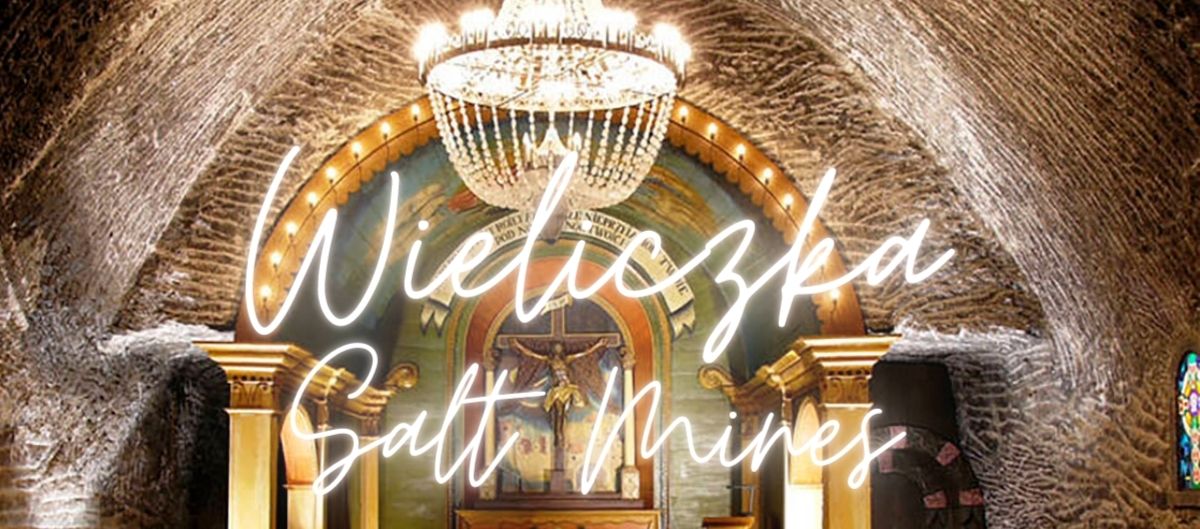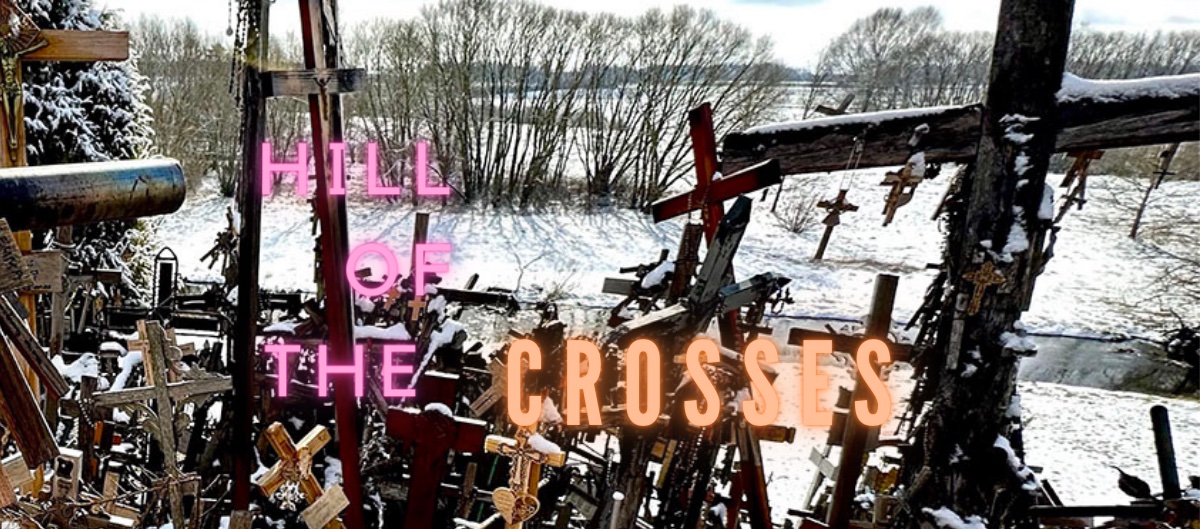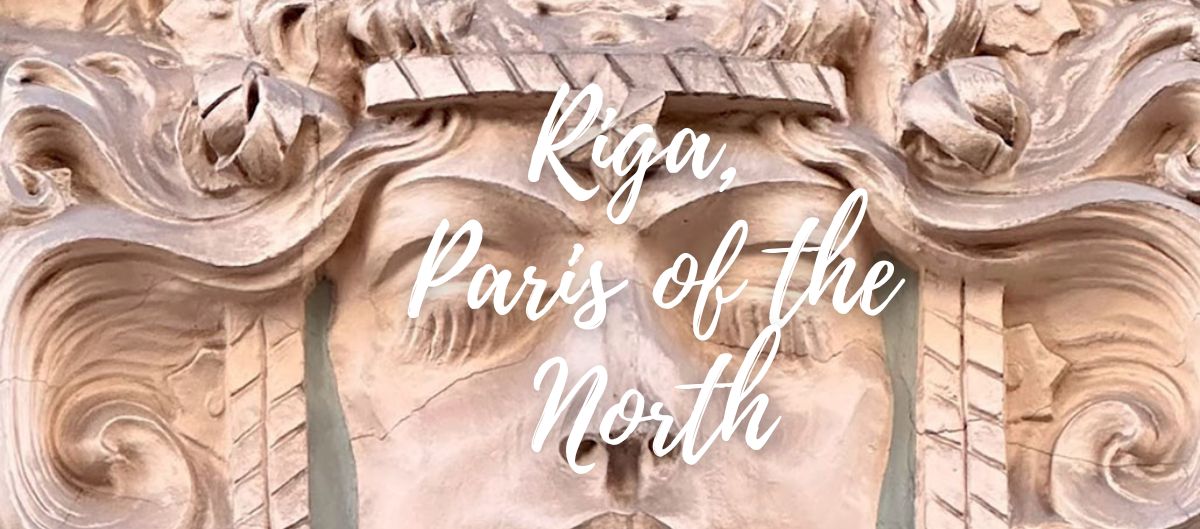this is a page for
Monthly Archives: April 2023
The Wieliczka Salt Mines. A thousand feet deep, 200 miles of passageways first dug with hand tools by salt miners beginning in the 13th century when salt was precious as silver. Magnificent carvings in grey salt rocks. Chandeliers carved from salt crystals. There are over twenty separate chapels in the mine dating from the 17th century. I expected the salt to be white, but it varies from all shades of …
This is a difficult post to write. It should be. The inconceivable horrors that took place here, and in over 450 other concentration camps in Poland alone, are memorialized on a scale equal to the evil of their complex, messianic perpetrators. The people of Poland and the Baltic countries do not doubt that this evil still governs. Putin’s armies patrol their borders. NATO membership is cherished. It is estimated that …
Easter Sunday just outside of Krakow in Europe’s most Catholic country. This most important holiday is a celebration of food, family and worship. No shops are open and even the picnic tables at the monastery of Jasna Gora have been removed. Bells peal from the towers as we enter the small sanctuary where the Madonna is housed. Mass is being said but we have received permission to pass through to …
It’s a simple shrine. Just outside of the northern city of Sialuliai, Lithuania on a hilly expanse of cleared land, forested on one side and bordered by streams; a monument like no other I’ve see. It’s origin is a mystery. It is a holy place. Thousands of metal and wooden crosses draped with rosaries, medals and statues of saints, towering images of Jesus Christ, pictures of the VIrgin Mother. Placed …
My favorite city on this tour. Riga, Latvia. The Art Nouveau capital of Northern Europe and nicknamed “The Paris of the North.” This is an image post, words can’t do justice to the city’s beauty. Art Nouveau was an ornamental style that became popular throughout Europe and America between 1890 and 1910. It was an attempt to break free of the restraints of earlier, more rigid, architectural styles. A time …
In this country, anti-Soviet sentiment runs fresh, harsh and deep. Occupation is a recent memory. Estonia was established as an independent country with a government and eventual NATO membership just 32 short years ago in 1991. During the Second World War, Estonia was first invaded by Russia, then Germany and finally again by Russia. In the first twelve months of Soviet occupation, more than 60,000 Estonians were killed or deported; …





